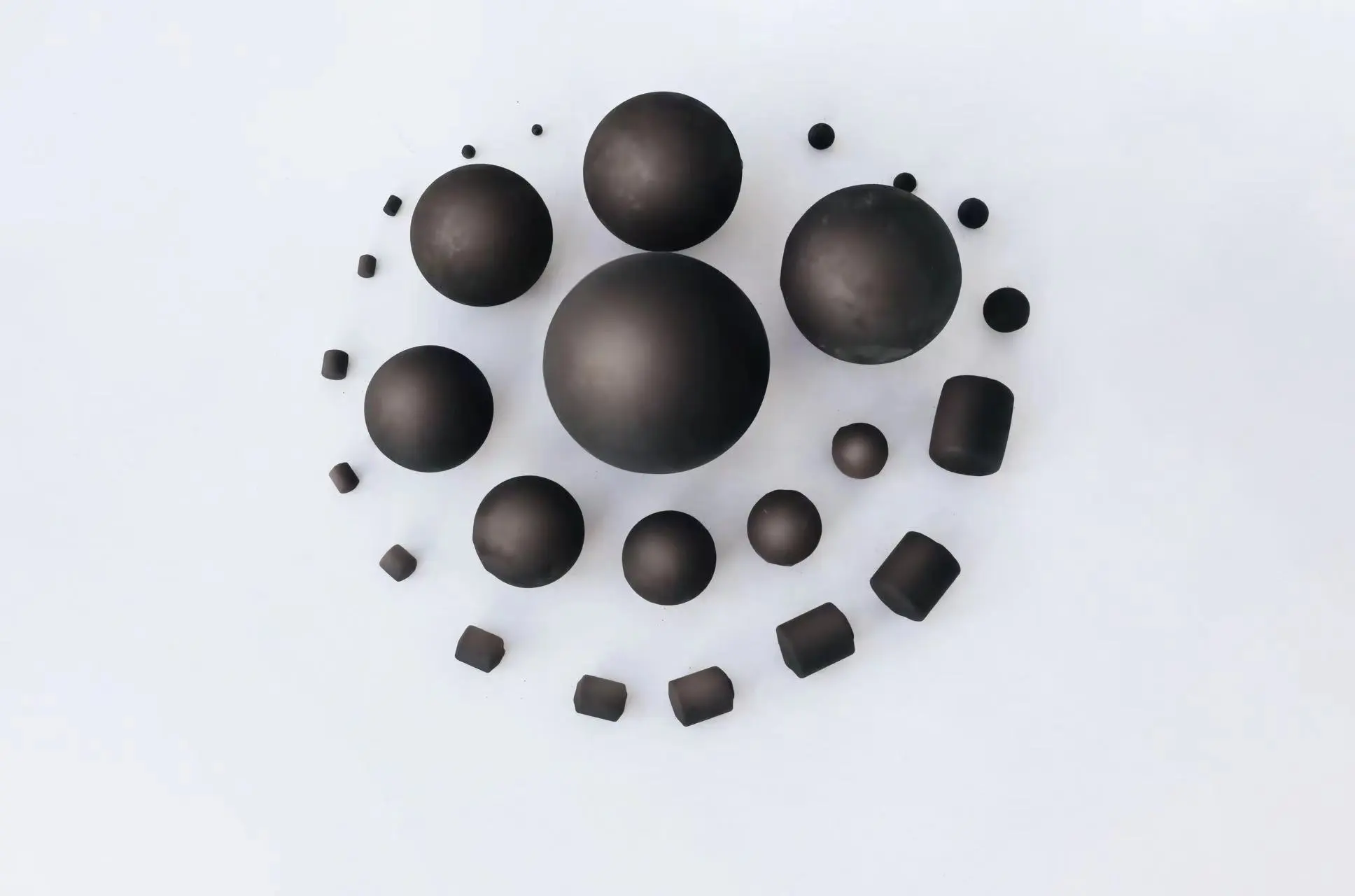What is grinding media used for?
Particle Size Reduction
One of the primary applications of Ball Mill Grinding Media is particle size reduction, a critical process in many industries, particularly mining and mineral processing. Raw materials in these industries often come in large, coarse forms, which must be reduced to finer particles for further processing. Grinding media in ball mills are highly effective at achieving this, utilizing their weight, hardness, and momentum to crush and grind materials as the mill rotates. As the balls collide with the material, they break down larger pieces into smaller, more uniform sizes. This particle size reduction is essential for enhancing the efficiency of subsequent operations, such as mineral extraction, smelting, or chemical reactions. Smaller particle sizes often improve the surface area available for reactions, leading to faster and more efficient processes. Ultimately, using high-quality grinding media ensures that the milling operation achieves optimal results while maintaining cost-effectiveness and reducing wear on equipment.
Material Homogenization
Grinding media also play a crucial role in material homogenization, which is essential for industries like cement manufacturing, chemical production, and other processes where consistent quality is required. In these industries, achieving a uniform mixture of various components is critical for ensuring the final product meets specific performance standards. As the ball mill rotates, the grinding media—composed of balls—tumble and interact with the materials inside the mill. This action not only breaks down larger particles into finer sizes but also promotes thorough mixing of the different components. The result is a well-blended, homogeneous material where all ingredients are evenly distributed. Such uniformity is important for maintaining high-quality standards and ensuring that the final product exhibits the desired properties, whether it’s cement strength, chemical reactivity, or consistency in other performance metrics. The efficient mixing enabled by the grinding media is key to achieving optimal results in these applications.
What materials are commonly used for ball mill grinding media?
Metal-based Grinding Media
Metal-based grinding media are widely used in various industries due to their durability and high density. Steel balls are among the most common types, offering excellent wear resistance and impact strength. High chrome grinding media, containing significant amounts of chromium, provide enhanced hardness and corrosion resistance, making them suitable for aggressive grinding environments. Forged steel grinding media offer improved toughness and are often used in heavy-duty applications. The choice of metal-based grinding media depends on factors such as the material being ground, the desired end product, and the specific operating conditions of the mill.
Ceramic Grinding Media
Ceramic grinding media offer unique advantages in certain applications, particularly where contamination from metal wear debris is a concern. Alumina balls are popular for their high hardness and chemical inertness, making them ideal for fine grinding in industries like electronics and advanced materials. Zirconia grinding media provide excellent wear resistance and are often used in applications requiring ultra-fine particle sizes. Ceramic-based media are generally lighter than their metal counterparts, which can affect mill dynamics and energy consumption. The selection of ceramic grinding media often involves balancing factors such as grinding efficiency, product purity requirements, and operational costs.
How do ball mill grinding media impact milling efficiency?
Media Size and Distribution
The size and distribution of ball mill grinding media significantly influence milling efficiency. Larger media exert greater impact forces, making them suitable for breaking down coarse materials. Smaller media provide more contact points and are effective for fine grinding. Many efficient milling operations use a carefully calculated mix of different media sizes to optimize performance across various stages of the grinding process. The right media size distribution can enhance energy transfer, improve particle size reduction rates, and minimize overgrinding, ultimately leading to better overall efficiency and product quality.
Media Wear and Replacement Strategies
As ball mill grinding media wear down over time, their effectiveness in grinding decreases. This wear can lead to changes in media size distribution, affecting mill performance and product consistency. Implementing strategic media replacement plans is crucial for maintaining optimal milling efficiency. This may involve regular additions of new media to compensate for wear, periodic complete media charge replacements, or continuous monitoring and adjustment of media levels. Advanced wear monitoring techniques, such as using tracer elements in grinding media or employing mill power draw analysis, can help operators make informed decisions about media replacement timing and strategies, ensuring consistent performance and product quality.
In conclusion, understanding the intricacies of grinding media, particularly ball mill grinding media, is crucial for optimizing industrial processes across various sectors. From particle size reduction to material homogenization, the choice and management of grinding media play a pivotal role in achieving desired outcomes. By carefully considering factors such as media material, size distribution, and wear patterns, industries can significantly enhance their milling efficiency and product quality. For those seeking high-quality grinding media solutions, NINGHU offers a range of options tailored to diverse industrial needs. To learn more about our products and how they can benefit your operations, please contact us at sales@da-yang.com or sunny@da-yang.com.









